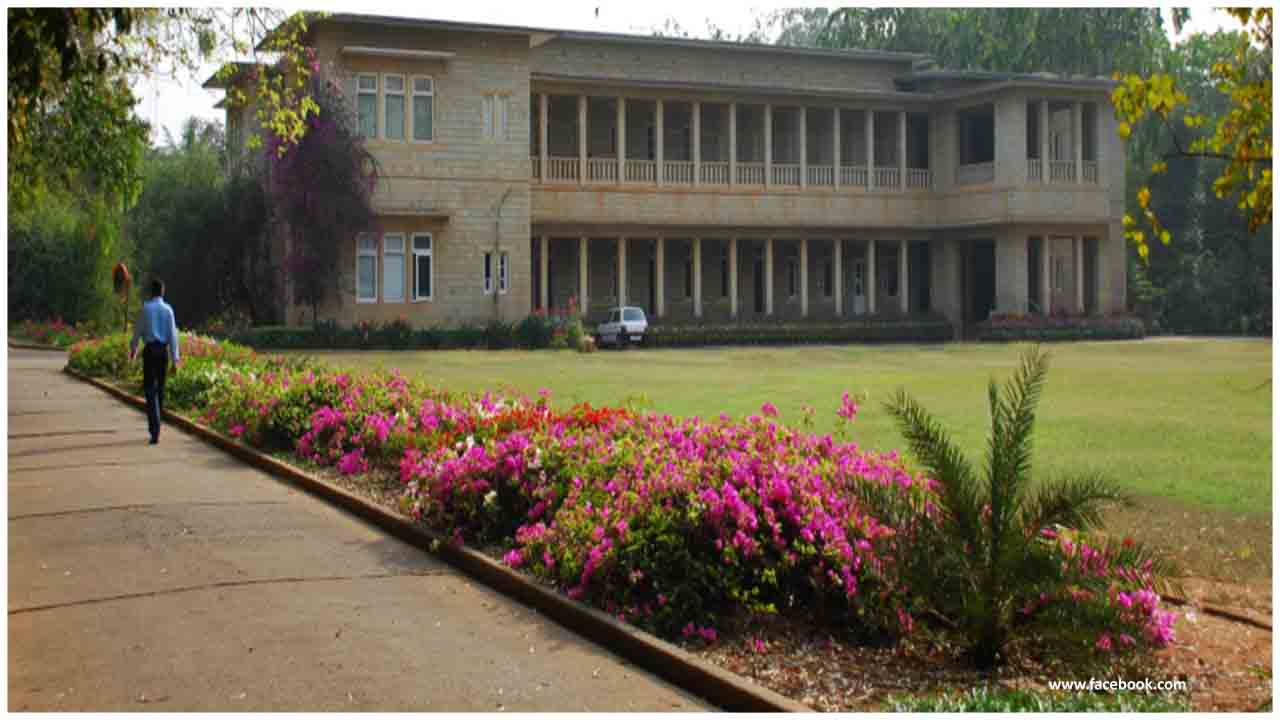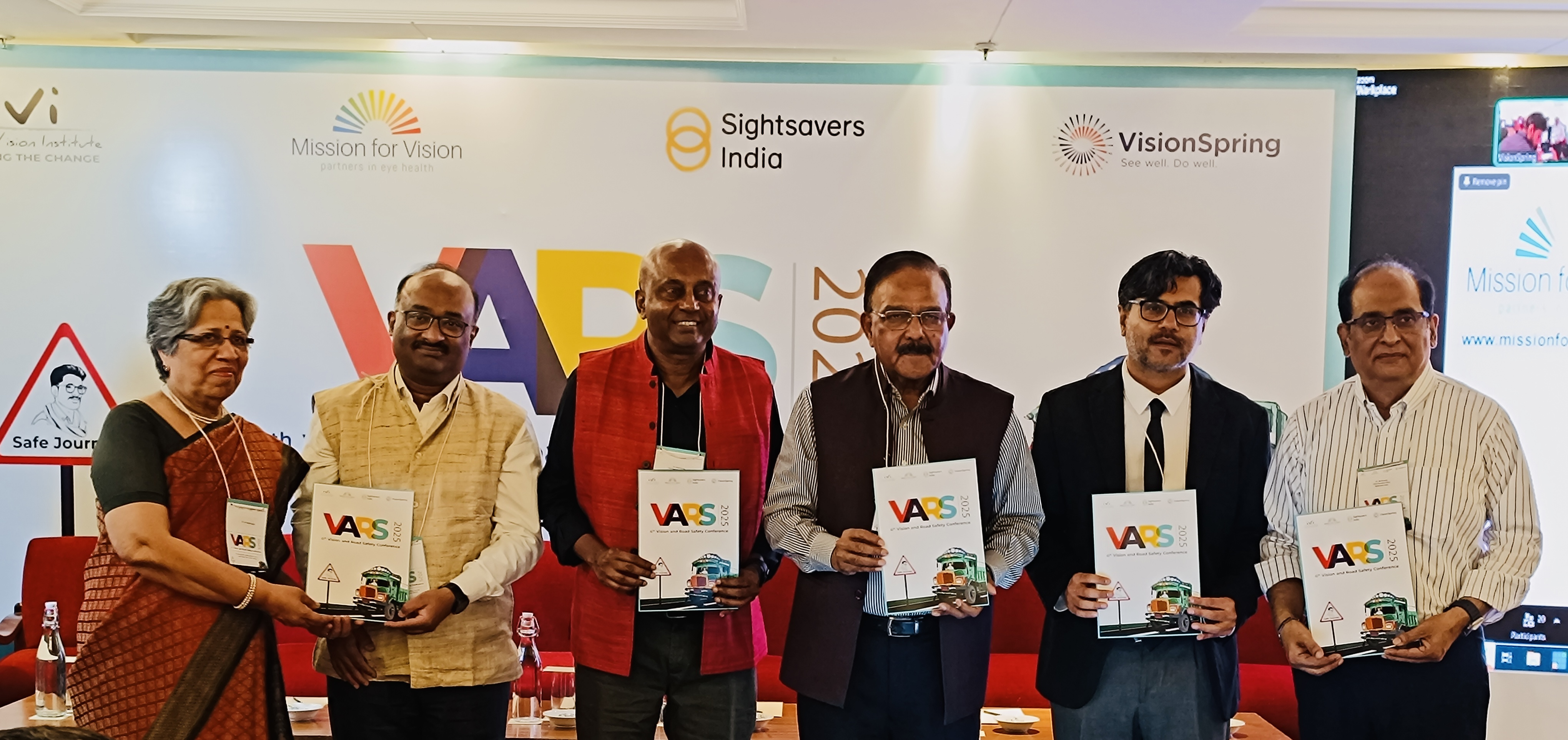Scientists from Raman Research Institute (RRI), an autonomous institute under the Department of Science &Technology along with IISER Pune and Paris Diderot University, have found out that spectrin, which are flexible rod-shaped molecules present in axons, act as ‘shock absorbers’ to protect axons from stretch-induced damage.
The study can help in understanding and treatment of concussion from head injuries as well as stretch-induced nerve injuries.Axons are long tubular extensions of nerve cells that transmit electrical signals across long distances and can be up to a meter long in the case of humans. At such lengths, they are subjected to large stretch deformations during limb or other bodily movements. Axons in the brain too undergo significant deformations, even during normal activities like jumping (the human brain is as soft and wobbly as edible jelly).
Probing into what special strategies axons adopt to protect themselves from damage during such stretch deformations, the scientists zeroed in on the molecule spectrin, a cytoskeletal protein.
In their research published in journal eLife, with Dr. Sushil Dubey as the lead author, Prof. Pramod Pullarkatand his team from RRI showed that neuronal cells may have evolved a clever strategy using an etched optical fiber attached to a piezo drive as a force-sensing cantilever to stretch live axons and to measure the resultant tension. Piezo drives attached to optical fiber is used to stretch on axons where optical fiber acts as a force-sensing cantilever. The resulting tension measured along the axon comes from the axonal cytoskeleton (consisting of biopolymers), of which spectrin is a part.
The RRI team took clues from a recent discovery, which showed that axons have a periodic scaffold consisting of longitudinally arranged long spectrin protein molecules. The function of this skeleton was a puzzle. The experiments by the RRI team on axons that are biochemically or genetically modified to disrupt specific cytoskeletal components revealed that the spectrin scaffold has a prominent mechanical role.
Earlier single-molecule experiments had shown that spectrin molecules contain several folded regions which can unfold when the protein is stretched and refold when released, thus acting as molecular bellows. By comparing detailed tension measurements on axons with a mathematical model that describes such a mechanism, the RRI team showed that this process helps axons to buffer tension and dissipate excess elastic energy. Unlike a linear spring, where the tension increases proportionally with stretch, axonal tension exhibits a plateau-like region where tension is only weakly dependent on stretch, due to the unfolding process. This suggests that spectrins can act as axonal ‘shock absorbers’ to protect axons from stretch-induced damage.
The brain undergoes significant shear deformations (up to 5% of strain) even under normal activities such as jumping. In contact sports, brain concussion occurs and is a leading cause of injuries. This study will have significant implications to our understanding of concussion that result from head impacts as well as stretch-induced nerve injuries.

 Department of Science &Technology along with IISER Pune have proved Spectrin act as ‘shock absorbers’
Department of Science &Technology along with IISER Pune have proved Spectrin act as ‘shock absorbers’







.png)

.png)










.jpeg)


.jpeg)



.jpeg)
.jpeg)






.jpeg)





